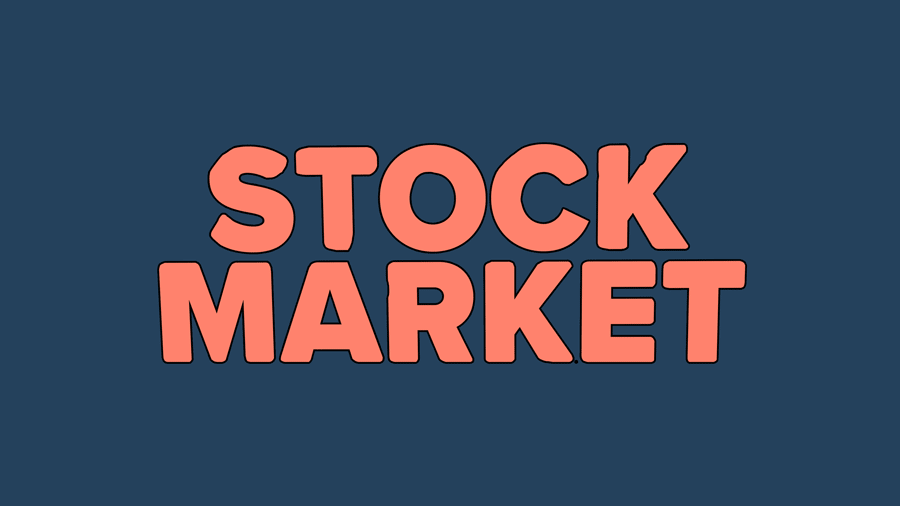Morning Markets: Happy Monday from foggy, sad San Francisco. Let’s talk about something that always warms our hearts, IPOs.
Subscribe to the Crunchbase Daily
As the 2019 IPO cycle keeps rolling along, it’s worth remembering that most IPOs are not Uber or Lyft or Slack offerings. Most IPOs are from companies you don’t know intimately. That doesn’t mean that they don’t matter—to the contrary, really—but that they’re easy to avoid.
Today we’re talking about two such offerings. From one we have a pricing update. From the other, its first IPO filing for us to unpack. We’ll be quick and direct this morning. Let’s go.
Medallia Sets Initial Price Range
Medallia, an “experience management” company, filed to go public in late June. When we initially covered the firm’s IPO filing we noted its placeholder raise estimate ($100 million), and preceding, private-market valuation (around $2.4 billion).
With its new filing, Medallia provided more information on both scores. The San Francisco-based company expects to price its IPO between $16 and $18 per share when it eventually sells a new bloc of shares and begins to trade. Given those prices, the firm estimates a maximum IPO-raise of a smidgen over $300 million.
At $18 per share, Medallia is pricing itself (including extra shares reserved for its underwriting banks), at around $2.2 billion. Given that conservative figure, it’s fair to expect that the company will try to either raise its price range or raise its range and price above that higher interval.
Why undershoot your final private valuation, only to then boost your price higher when pricing your IPO? It looks good.
Dynatrace Files
Dynatrace sells what it calls “the market-leading software intelligence platform,” powered by, what else, AI. What that means in practice, again according to the company itself, is that Dynatrace helps “provide answers, not just data” about app performance, cloud whatnot, and user experience, to summarize the firm’s S-1.
All that is nice, but what we care about more is that Dynatrace is a company transitioning into a SaaS model from license-focused software sales. So, Dynatrace is currently trading traditional revenue for recurring top line.
This is a dance that many companies have pulled off well (Microsoft and Adobe are two examples). That doesn’t make it easy, however. In the case of Dynatrace, the changeover has meant at least three years of middling revenue performance, and, recently, steep net losses.
Here’s the butcher’s bill stemming from its transition to software as a service company:

As you can see, subscription (SaaS) revenue growth was much stronger in its most recent fiscal year than it was in the year presented in the middle column. However, in its most recent fiscal year, Dynatrace also shed more of its license-based revenue than it did over the preceding annum.
So, better in the key column, but subscription growth was likely helped by falling license incomes as customers transitioned over (the S-1 notes that in some periods, license-based revenue declines could outstrip subscription-based revenue growth).
Then things get a little sticky. As you can see, Dynatrace posted a record gross profit in its most recent fiscal year. That’s good. But the firm also managed a $125 million net income swing from a $9 million profit in the fiscal year ending March 31, 2018, to a $116 million net loss in the next.
What happened? The firm’s operating costs went up by over $70 million, far greater than the rise in its gross profit during the same period. Next, the firm’s “Other expense, net” line item more than doubled. And then Dyantrace’s income tax benefit dropped by nearly two thirds. Add that all up, and you get a $116.2 million net loss.
All this sums to a single question: How do you price this company?
I don’t know! Really, it’s tricky. There are good things, like SaaS revenue growth, the firm’s negative churn (or, “Dynatrace® Dollar-Based Net Expansion Rate”), and its ability to move customers off its old business model to new products.
But Dynatrace’s shocking growth in losses before tax benefits (from -$16.4 million to -$51.8 million, to -$139.9 million) isn’t heartening. Investors will need to balance growth of the firm’s key business against rising losses in its total results when they give it a new value.
More when it gets closer to pricing of course, but what we do know is that Thoma Bravo, the private equity shop that bought Dynatrace for $2.4 billion in 2014 was said to consider a $4 billion pricetag for the firm last year. That would work out to a trailing revenue multiple of what, around 9x? That feels high for a company this unprofitable with an 8.3 percent year-over-year revenue growth rate.
Still, SaaS is popular and, as we’ve reported recently, highly-valued. We’ll see.
Illustration: Li-Anne Dias.

Stay up to date with recent funding rounds, acquisitions, and more with the Crunchbase Daily.









![Illustration of pandemic pet pampering. [Dom Guzman]](https://news.crunchbase.com/wp-content/uploads/2021/03/Pets-2-300x168.jpg)

67.1K Followers